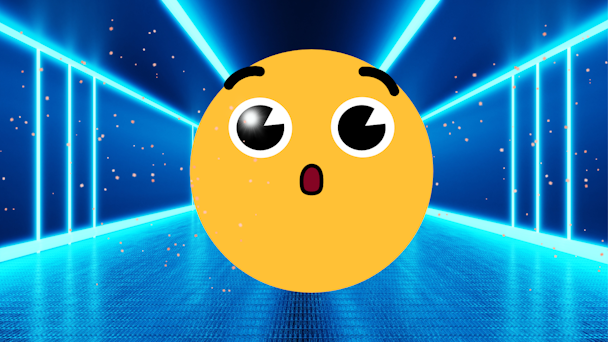Marketers, let’s look beyond ‘the next big thing’
As a comms leader at Activision Blizzard, Claire Nance tracks all the trends obsessing marketers. She explains why the next big thing isn’t always the best.

Our industry loves a good story. And so it should. Marketers are, after all, storytellers themselves.
But look at the industry’s big stories or trends from the last few years, and you quickly see a pattern emerge, one that places greater emphasis on latching on to ‘the next big thing’ without a longer-term view to real-world implementation or impact.
In 2022, it was the metaverse. Barely did an earnings call or marketing strategy presentation went by without the ‘m’ word being hastily inserted. There was (and still remains) pervasive confusion around what actually constitutes the metaverse, but that didn’t stop the rush to proclaim the launch of marketing campaigns in the ‘metaverse’ and the flood of metaverse-related categories at industry events and award programs.
In many cases, these activations were within virtual gaming and social platforms, legitimate growing areas of opportunity and interest for marketers that became wrapped up by the desire to be part of the buzz and hype around the industry’s trend of the moment.
Advertisement
The result was that the industry conversation skipped a few steps in understanding audience behavior in virtual spaces to unlock the real impact these experiences can have both now and in the future. The story was instead focused on the latest brand to activate in ‘the metaverse’ without contextualizing it within the current technological landscape and paying little attention to results, impact or objectives.
In 2023, it happened again. And yes, I’m talking about AI. Witnessing the abrupt shift from metaverse to AI across industry headlines, events and areas of expertise this year has been simultaneously amusing and dispiriting. Once again, the priority has been to jump on to the big story of the year and ride the buzz while overshadowing the real potential AI technology offers. Such was the attention given to AI this year that the term became a proxy for technology that involved even basic levels of automation or machine learning (both of which existed before the 2023 AI hype bubble), missing the opportunity for education around what it actually is and thus how marketers should be thinking about it into the future.
It’s easy to identify the similarities between the metaverse and AI and, thus, why they became the prime marketing story in their respective years. They’re both new forms of technology that are conceptually easy to understand yet inherently complex.
Advertisement
They present a level of accessibility and familiarity that makes it easy for them to be inserted into existing industry conversations while also occupying a high degree of technological sophistication that makes them feel exciting and advanced. The other important component of the narrative arc was that both the metaverse and AI gained prominence after major tech industry announcements - Facebook’s name change to Meta in the case of the metaverse and the launch of ChatGPT in the case of AI.
The speed and ferocity at which both the metaverse and AI became the dominant stories for marketing and advertising exposes our industry’s penchant for chasing the next big thing. There is an at-times outsized focus on ‘newness’ and being first regarding how we think about innovation in marketing, which can lead to the scenarios above, where one idea or technology dominates the year until the next ‘next big thing’ comes along. The result of this is not only that focus remains firmly in one direction, leading to an abundance of retrofitting ideas and technology to align with the newest obsession, but also that other forms of innovation that do not fit quite so neatly into the popular industry discourse can be overlooked.
As we sit at the cusp of 2024, how quickly will we see AI discarded for the next technological advancement, as we saw with the metaverse at the start of 2023? Or is there instead an opportunity to rethink how we think about innovation within marketing and the stories we tell ourselves?
Suggested newsletters for you
As an industry, we consistently speak to the importance of identifying objectives and goals upfront, yet that may be forgotten when it comes to new technologies and ideas. Innovation, for innovation’s sake, serves little purpose, and the same can be said for innovation driven primarily by industry hype. The focus should be on outcomes, impact and exploration, rather than a need to follow the noise. After all, innovation aims to find a better way of doing things to achieve the desired results, irrespective of whether it can be attached to the current industry buzzword.
Future technologies are exciting, but without fully understanding them, it’s easy to miss areas of real potential. The appeal of the metaverse and AI was that they were easy concepts to grasp but spoke to a technologically advanced future, creating the potential to ‘skip ahead’ in the conversation around them. Understanding these technologies better as they exist today allows for more advanced innovation and execution tomorrow. But this can be easy to overlook when the intent is speed over evaluation.
None of this is to discount the potential impact of future technologies on our industry, nor the need for us to be talking about them. But there is an opportunity for the discourse around them to be smarter. As we look ahead to next year’s industry predictions, mine might somewhat optimistically be that how we talk and think about innovation evolves and that we don’t need another ‘next big thing’ to shape how we think about the future.

